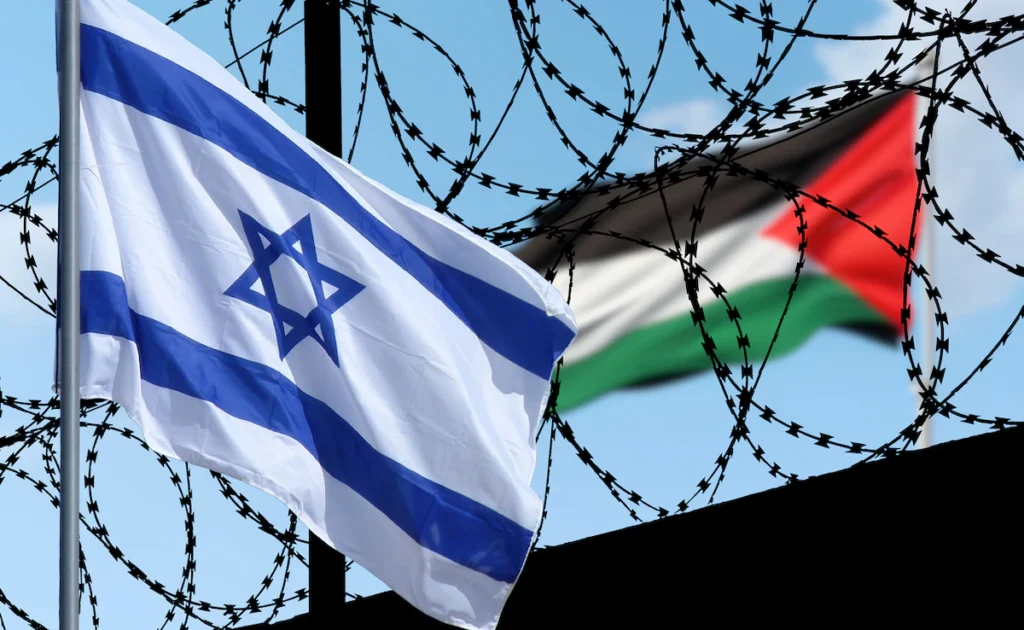By Anagnostakis Law Team
The landscape of modern conflict has been fundamentally reshaped by the pervasive influence of social media. Platforms such as TikTok and Telegram have become critical, though often complicated, arenas for documenting atrocities, influencing public perception, and potentially contributing to accountability for war crimes. This phenomenon has ushered in an era where ordinary individuals, frequently at significant personal risk, capture and disseminate real-time footage of events in conflict zones, thereby transforming the dynamics of international criminal justice and humanitarian advocacy.
Social Media as a Documentation Tool
The widespread availability of smartphones and internet access has turned individuals into impromptu chroniclers of conflict. Content uploaded to social media platforms, including videos and photographs, offers immediate and often unvarnished insights into human rights violations and potential war crimes. This user-generated content (UGC) can provide a vital perspective on the experiences and emotions of those affected, offering a depth of understanding that traditional media sometimes struggles to convey.
In recent conflicts, including those in Ukraine and Gaza, social media has been crucial for verifying battlefield activities and exposing war crimes. For example, videos shared by soldiers on platforms like TikTok and Instagram, sometimes showcasing their actions, have been cited as potential evidence of war crimes, such as the destruction of civilian infrastructure and looting. Similarly, reports suggest that some military forces have used drones to target civilians and then publicly shared footage of these attacks on social media, inadvertently creating a digital trail that could lead to the identification of perpetrators. Telegram, in particular, has become a significant hub for sharing images, videos, and commentary during conflicts, with both official and independent voices contributing to a fragmented yet informative digital battleground.
Shaping Narratives and Public Opinion
Social media’s direct and unfiltered nature allows millions to witness alleged war crimes through the eyes of both victims and perpetrators, bypassing traditional media gatekeepers. This can profoundly impact public opinion, as seen in the shifting global consciousness surrounding certain conflicts, where raw images of destruction and suffering resonate deeply with audiences. The intimate understanding fostered by social media can counteract apathy and neutrality, prompting a more engaged response from the international community.
However, this influence is a double-edged sword. Social media platforms are also fertile ground for disinformation and misinformation campaigns, which can manipulate public perception and even incite violence. A significant challenge lies in distinguishing credible information from propaganda, especially when anonymous accounts disseminate unverified content. Furthermore, algorithms designed to identify and remove violent content, while often well-intentioned, can inadvertently lead to the deletion of crucial evidence of war crimes before it can be preserved and analyzed.
Challenges and Ethical Considerations
The use of social media as evidence in international criminal proceedings introduces numerous legal and ethical complexities:
Admissibility and Reliability: While international courts are increasingly incorporating open-source information into their investigations, the admissibility and probative value of social media evidence are still evolving areas of law. The Berkeley Protocol on Digital Open Source Investigations provides guidelines for identifying, collecting, preserving, verifying, and analyzing social media content to enhance its use in investigations, addressing crucial aspects like chain of custody and ethical considerations. Despite these guidelines, questions regarding the authenticity, origin, and reliability of such evidence remain paramount in legal proceedings.
Preservation of Evidence: Social media companies’ content moderation policies, aimed at removing violent or extremist material, can unfortunately result in the permanent loss of vital evidence. Human rights organizations have urged platforms to develop independent mechanisms for preserving potential evidence of serious crimes, ensuring its accessibility for future investigations.
Ethical Reporting and Privacy: Journalists, investigators, and humanitarian organizations face significant ethical dilemmas when utilizing and reporting on social media content from conflict zones. This includes respecting the privacy of victims, avoiding re-traumatization through graphic content, and ensuring the responsible dissemination of sensitive material. The Fourth Geneva Convention’s prohibition on exposing protected persons to “public curiosity” now extends to digital and social media, highlighting the need for careful consideration.
Perpetrators’ Use of Social Media: The fact that perpetrators themselves often post content documenting their crimes adds another layer of complexity. While this can provide invaluable evidence, it also raises questions about how to best leverage such information without inadvertently amplifying propaganda or providing a platform for further incitement.
The Path Forward
The role of social media in documenting and shaping narratives about atrocities is undeniable and continues to evolve. For legal professionals and human rights advocates, navigating this digital terrain requires a multifaceted approach:
Develop Robust Methodologies for Open-Source Intelligence (OSINT): Continued investment in training and tools for OSINT is crucial to effectively collect, verify, and analyze social media evidence. Organizations specializing in OSINT have become proficient at investigating and analyzing social media videos for potential war crimes.
Advocate for Platform Accountability and Preservation Mechanisms: Pressure must be maintained on social media companies to implement policies that facilitate the preservation of potential war crimes evidence, perhaps through independent archiving systems or clearer protocols for cooperation with international justice mechanisms.
Strengthen International Legal Frameworks: The evolving nature of digital evidence necessitates ongoing adaptation of international criminal law to address the unique challenges and opportunities presented by social media.
Promote Digital Literacy and Critical Thinking: Educating the public on how to critically evaluate information encountered on social media is vital to combat misinformation and prevent the manipulation of narratives.
Prioritize Ethical Considerations: All actors involved in utilizing social media for war crimes documentation must adhere to stringent ethical guidelines, ensuring the protection of individuals and the integrity of the investigative process.
In conclusion, TikTok, Telegram, and other social media platforms have irrevocably altered the landscape of public witness in times of war. While presenting unprecedented opportunities for documenting atrocities and advancing accountability, they also introduce significant challenges related to evidence integrity, ethical conduct, and the pervasive nature of misinformation. Addressing these complexities through legal innovation, technological development, and ethical awareness is paramount to harnessing the power of the public witness for justice.







